A skiving machine is a specialized tool used in various industries for cutting, shaping, and finishing materials, especially those that require precise thickness reduction or surface smoothing. This machine is crucial for tasks that demand high accuracy and is widely used in the manufacturing of parts like seals, gaskets, and certain types of bearings. Below are the key uses of a skiving machine.
1. Thin Film and Layer Cutting
One of the primary uses of a skiving machine is to reduce the thickness of a material into thin, uniform layers. This is commonly used in applications where precision is vital, such as in the production of PTFE (Polytetrafluoroethylene) seals or gaskets. Skiving machines ensure that these layers are smooth and consistent, providing better functionality in sealing and insulation tasks.
2. Producing Precision Parts
Skiving machines are used to produce precision parts for industries such as automotive, aerospace, and electronics. The high level of accuracy they offer makes them ideal for manufacturing components with tight tolerances. These machines can precisely cut parts to the exact measurements required, ensuring a perfect fit and high-quality finish.
3. Surface Finishing
Skiving is also employed to improve the surface finish of materials. The machine’s cutting tools remove any rough or uneven surfaces, leaving a smooth, polished finish. This is particularly beneficial for parts that need to function in friction-sensitive environments, where a smooth surface can reduce wear and tear.
4. Working with Soft Materials
Skiving machines are commonly used for working with soft materials such as leather, rubber, and certain plastics. They can efficiently and accurately cut through these materials to create desired shapes or reduce thickness, which is essential for producing custom components in various industries.
In conclusion, a skiving machine is used for cutting, shaping, and finishing materials to precise specifications, with applications ranging from thin film production to surface finishing and manufacturing precision components.
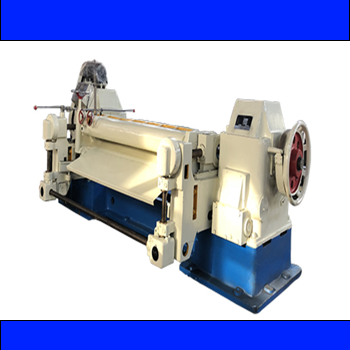
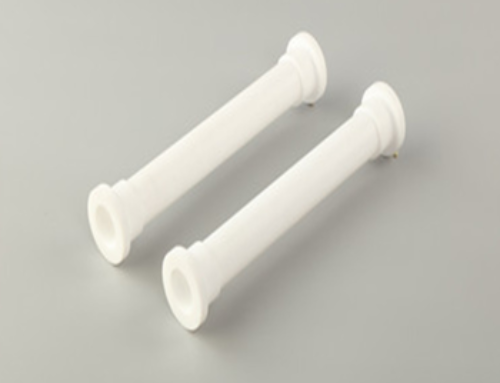
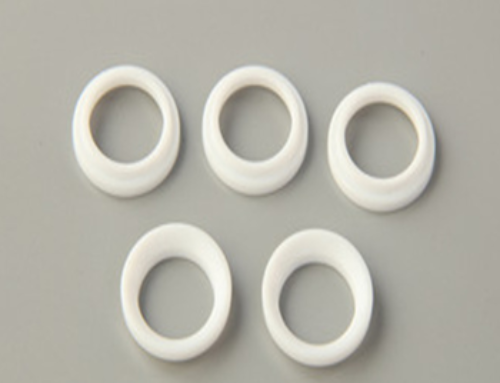
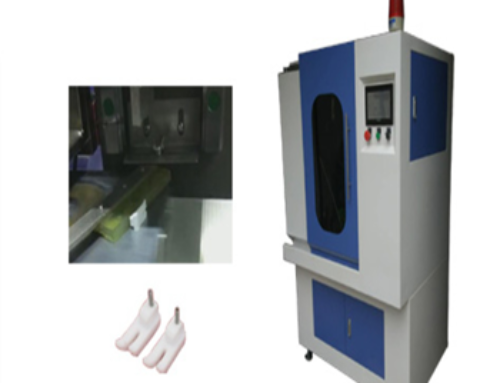
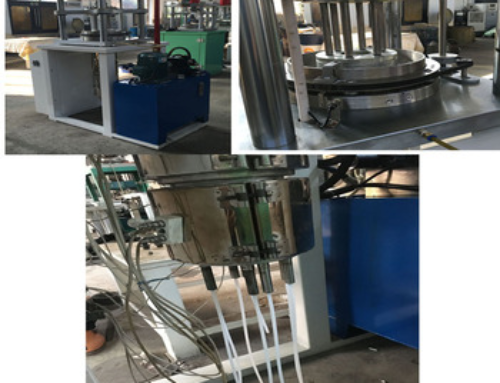
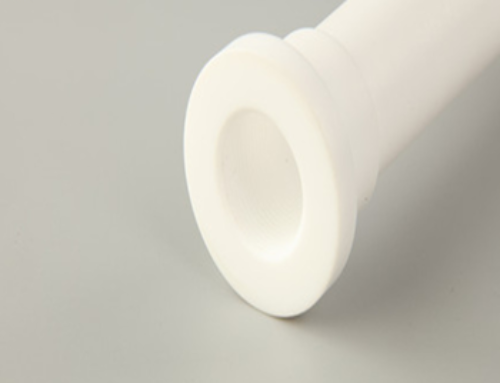

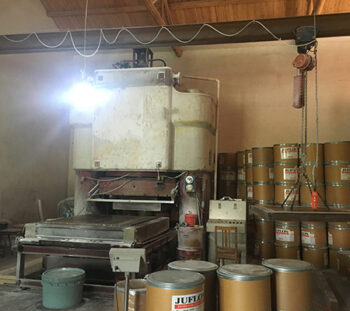
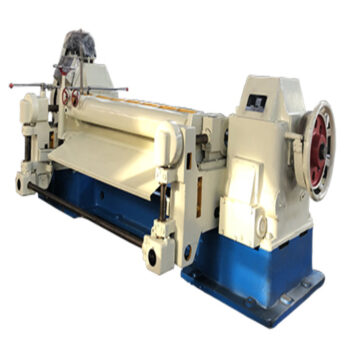
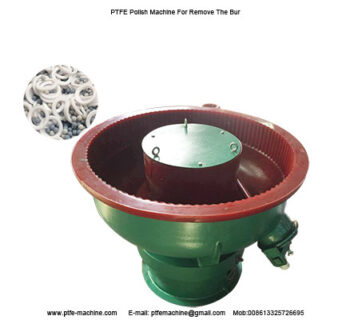
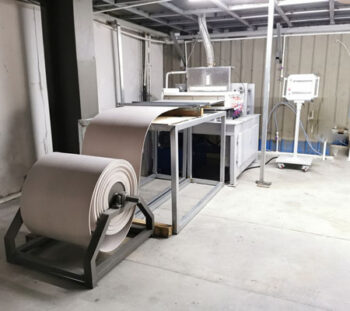
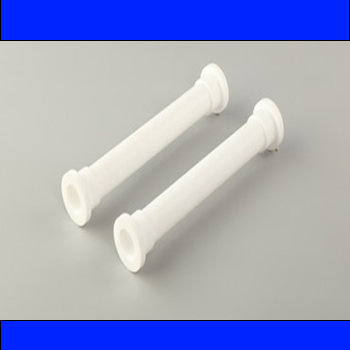

Leave A Comment
You must be logged in to post a comment.